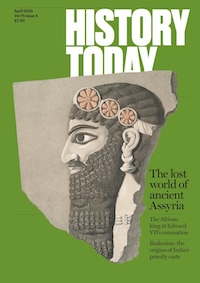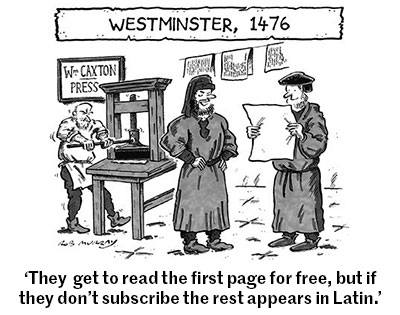The Shock of the New
Tony Aldous looks at the genesis and reception of the Royal Festival Hall, like us celebrating its 50th anniversary this spring.
Few of the 3.5 million people a year who visit London’s Royal Festival Hall – to attend concerts, buy CDs or just have a cup of coffee – can have any conception of what a shockingly novel building it seemed when George VI and Queen Elizabeth opened it on May 3rd, 1951. Or what an achievement it was to have it ready on time, after a design and construction programme of only eighteen months, and just one per cent over its £2m budget.
Late 1940s London was such a different place from today’s city that it is difficult for any Londoner under the age of sixty to comprehend it. It was a place still riddled with bomb-sites and bomb-damaged buildings; all building work was subject to strict controls, with materials scarce and subject to rationing. It was part of an insular and conservative Britain which, unlike Continental Europe, had in the 1930s been suspicious of modern movement architecture and still insisted on building new telephone exchanges in neo-Georgian style.





